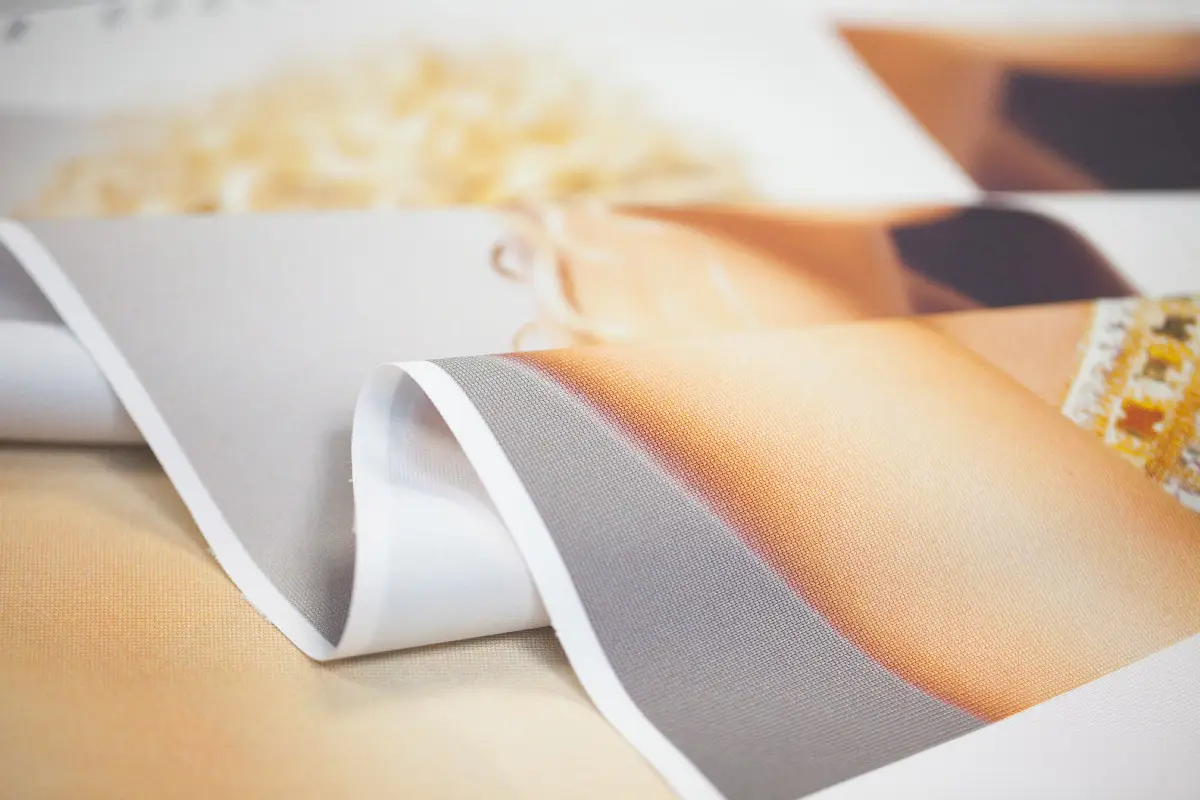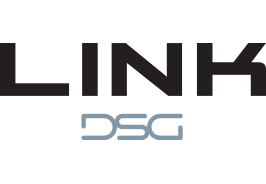Printing on fabric has been around for centuries. However, it was not until the 20th century that digital textile printing was introduced. The process uses computer controlled lasers and high pressure jets to supply ink directly into the fabric. This allows for a very detailed finished product in a very short amount of time, complete with vibrant colors and a wide color gamut.
Materials and Finishing
There are various types of fabric materials used for digital printing today. Some of the most common fabrics include heavy and soft knit fabric, flag material, sheer, satin knit, poplin, ploy canvas, linen, duck mesh, power stretch and backlit.
Fabric projects can be finished in a number of ways depending on the final application and customer preferences. Pole pockets can be added for hanging banners. Hemmed edges provide a nicely finished look, and increase the durability of the material to prevent fraying. Grommets can be added for use with ropes to displaying the message across a broad area. The edges of the fabric can also be treated with silicone for inserting into framed hardware.
Fabric Printing in High Demand
Printed fabric has many uses in today’s environment, and demand for it is growing at a rapid pace. Everywhere you look, you can see fabric projects displayed for various applications and industries, from retail displays to fashion runways. Banners, backdrops, indoor/outdoor signage and point of purchase displays have become popular ways to utilize fabric textiles. Fabric prints can be used for window displays that display graphics from the outside without blocking the view from the inside. Promotional and informational banners and flags of all sizes are also popular.
Fabric is also an ideal product for trade show graphics, framed art, lightboxes, scenic backdrops and event signage. Fabric provides an aesthetically appealing finished product, and is easy to install and remove for wall coverings, giving the project an upscale look and feel.
Ease of Use and Portability
The lightweight nature and flexibility of fabric makes it inexpensive to package and ship. Additionally, due to the wrinkle-resistant properties of many fabrics, folding and shipping in small boxes is incredibly easy. Shipping dimensions and weights are smaller, which means less money spent on shipping costs compared to other traditional types of material.
Another advantage of fabric is easy installation. Depending on the application, fabric projects may not require professional installers, making them convenient and affordable for the consumer.
Depending on the material and print process used, a graphic textile print can be an unbeatable choice for use in buildings where low VOC levels are needed, and can be especially important in environments such as schools, hospitals and other healthcare facilities.
Fabric is a great way to convey your message in a variety of ways in a variety of locations. It has high print quality, ease of use and application, and a multitude of materials and finishes, making it an excellent choice for consumers everywhere.





